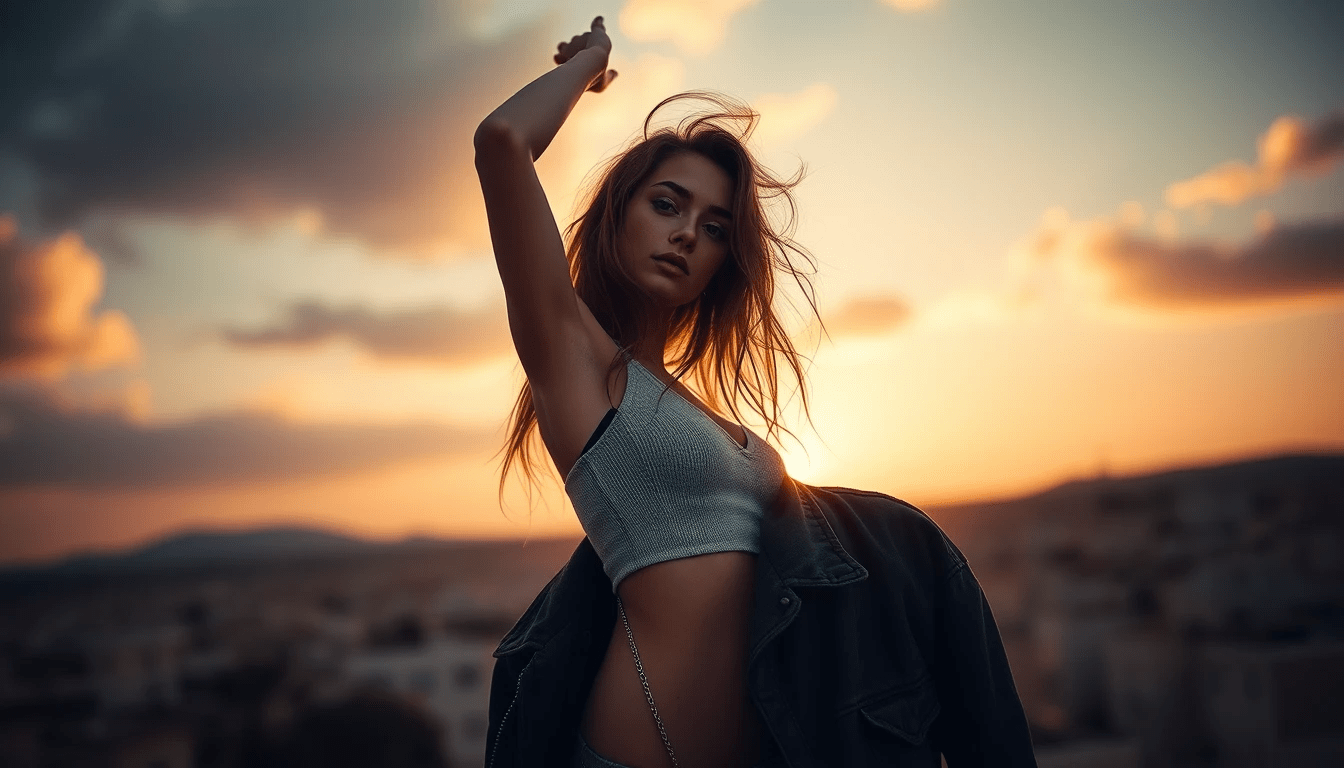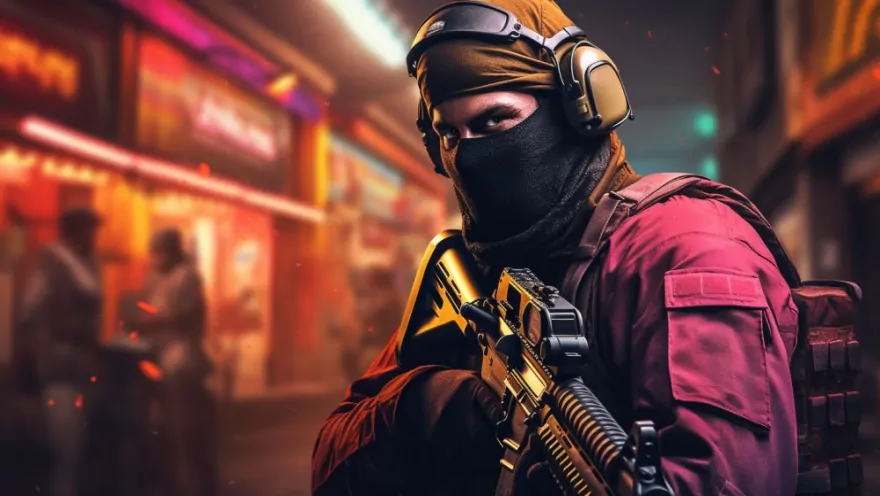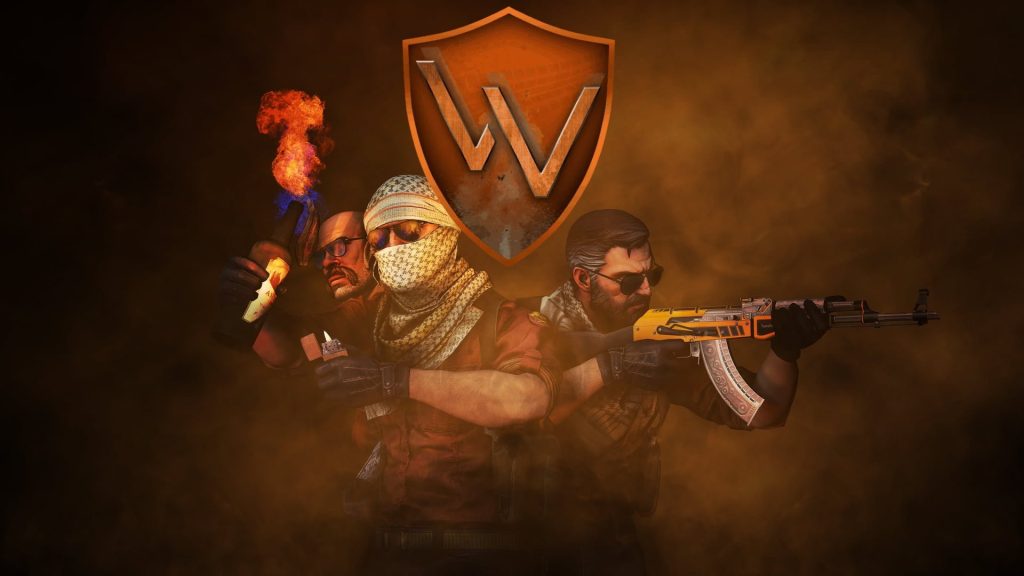
In recent years, the intersection of artificial intelligence (AI) and visual arts has sparked both intrigue and controversy. One of the most debated aspects is the emergence of AI-generated images, including those of nude figures, which have raised ethical, cultural, and artistic questions. The website ainudegirls.io is a prominent example of this trend, offering AI-generated nude art that has captivated and divided audiences. This blog post explores how AI is reshaping the visual art landscape, the cultural influence of AI-created art, and the broader implications for artistic practices in the age of artificial intelligence.
How AI is Reshaping the Visual Art Landscape
The Rise of AI-Generated Art
AI has revolutionized the creation of visual art, offering new tools and possibilities for artists. Through the use of sophisticated algorithms and neural networks, AI can now generate images, paintings, and even sculptures that mimic human creativity. This technology has enabled artists to explore new forms of expression, pushing the boundaries of what is considered art.
AI-generated art is not just limited to traditional forms; it also includes digital creations that are entirely novel. For instance, AI can produce complex patterns, abstract designs, and even realistic portraits that challenge the viewer’s perception of reality. This new medium has opened up a world of possibilities for artists, allowing them to experiment with styles and techniques that were previously unimaginable.
The Controversy Surrounding AI-Generated Nude Art
While AI-generated art has been celebrated for its innovation, it has also sparked controversy, particularly when it comes to nude imagery. The website ainudegirls.io exemplifies this tension, as it offers AI-created nude figures that blur the lines between art, ethics, and exploitation. Critics argue that such platforms could perpetuate harmful stereotypes and objectify women, while others see it as a legitimate exploration of the human form in a digital age.
The debate over AI-generated nude art raises important questions about the role of AI in society. Is it merely a tool for artists to express themselves, or does it have the potential to shape cultural norms and values in ways that are beyond our control? As AI continues to evolve, these questions will become increasingly relevant.
The Cultural Influence of AI-Created Art
Redefining Artistic Authorship
One of the most significant cultural impacts of AI-created art is its challenge to traditional notions of authorship. In the past, art was seen as a deeply personal expression of the artist’s thoughts, emotions, and experiences. However, with AI-generated art, the line between human and machine creativity becomes blurred. Who is the true creator of an AI-generated piece—the artist who programmed the AI, or the AI itself?
This shift has profound implications for the art world. It forces us to reconsider what it means to be an artist and whether the concept of authorship still holds relevance in an age where machines can create art autonomously. As AI continues to play a larger role in the creation of art, it may lead to a reevaluation of how we understand and appreciate artistic works.
AI as a Mirror of Society
AI-created art also serves as a mirror of the society in which it is produced. The images and themes generated by AI often reflect the biases and values of the data sets used to train the algorithms. This can result in art that both reinforces and challenges societal norms. For example, AI-generated portraits may perpetuate certain beauty standards, while abstract AI art might challenge our understanding of form and color.
The cultural influence of AI-created art is significant because it has the power to shape public perception and discourse. As AI becomes more integrated into the art world, it will inevitably influence how we view art, culture, and even ourselves.
Visual Arts in the Age of Artificial Intelligence
The Evolution of Art Forms
The introduction of AI into the visual arts has led to the evolution of new art forms that were previously inconceivable. Digital art, interactive installations, and generative design are just a few examples of how AI is transforming the way we create and experience art. These new forms of art challenge traditional definitions and push the boundaries of what is possible.
For instance, generative design allows artists to create complex patterns and structures that would be impossible to achieve manually. Interactive installations, powered by AI, enable viewers to engage with art in new and immersive ways, blurring the line between creator and audience. As these art forms continue to develop, they will redefine the landscape of visual arts in the 21st century.
The Democratization of Art
Another important aspect of AI in the visual arts is its potential to democratize the creation of art. In the past, access to art-making tools and resources was often limited to those with formal training or financial means. However, AI has the potential to level the playing field, allowing anyone with a computer to create art.
This democratization of art has the potential to bring new voices and perspectives into the art world, enriching the diversity of artistic expression. It also raises questions about the value of art in an age where anyone can create it. As AI continues to evolve, it will be interesting to see how this democratization impacts the art market and the way we value artistic works.
AI Art: A Catalyst for Change in Artistic Practices
Redefining Creativity
AI is not just a tool for creating art; it is also a catalyst for redefining what it means to be creative. By collaborating with AI, artists can explore new ideas, techniques, and styles that were previously out of reach. This collaboration between human and machine has the potential to lead to a renaissance in the arts, as new forms of creativity are unlocked.
However, this collaboration also raises questions about the role of the artist in the creative process. As AI takes on a more prominent role in the creation of art, the artist’s role may shift from being a creator to a curator or guide, directing the AI to produce specific outcomes. This shift could have profound implications for the future of artistic practices.
Ethical Considerations
The rise of AI-generated art also brings with it a host of ethical considerations. As AI becomes more involved in the creation of art, issues such as intellectual property, privacy, and the potential for misuse of technology come to the forefront. Artists, curators, and policymakers will need to navigate these challenges as they seek to integrate AI into the art world in a responsible and ethical manner.
One of the most pressing ethical concerns is the potential for AI-generated art to be used in harmful ways, such as the creation of deepfakes or the exploitation of sensitive imagery. As AI technology continues to advance, it will be crucial to establish guidelines and regulations that protect both artists and the public from potential abuses.
Conclusion
The impact of AI on visual arts is profound and multifaceted. From reshaping the art landscape to challenging traditional notions of authorship and creativity, AI is poised to be a driving force in the evolution of artistic practices. While the emergence of AI-generated art, including platforms like ainudegirls.io, raises important ethical and cultural questions, it also offers exciting opportunities for innovation and exploration in the arts.
As we move further into the age of artificial intelligence, it will be essential for artists, critics, and society at large to engage with these developments thoughtfully and critically. By doing so, we can ensure that AI’s influence on the visual arts is a positive one, driving creativity and cultural expression in new and exciting directions.

